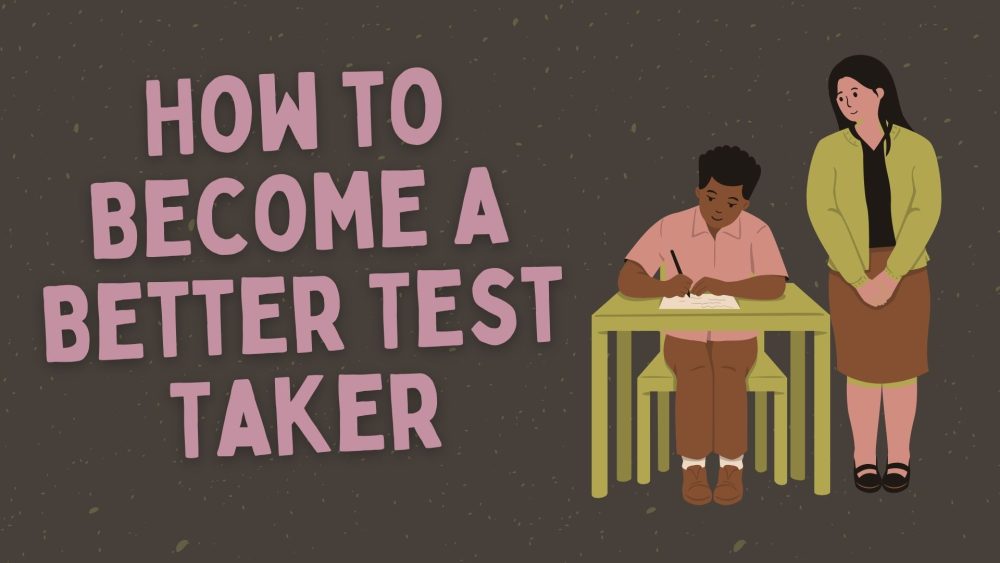What Is An Indirect Quote? Learn With Us!

You’ve probably come across an indirect quote when reading other people’s works. This quote is very common because other people’s work influences your writings in one way or another. Although gauging how other people’s writings have influenced yours is not easy, somebody can trace the ideas back to the materials or resources that you’ve consulted.
For this reason, writers use direct and indirect quotes to credit their information sources. Some of the materials that you can refer to using this citation style include images, books, articles, the internet, and reports. Citing information from such sources enriches your writing. That’s because these sources play a crucial role in providing ideas on which you can build your work. Therefore, always give the original authors and thinkers the credit they deserve.
Table of Contents
What is an Indirect Quote?
Indirect quote definition may slightly differ from one source to another. However, it’s generally a paraphrase of the words that somebody else said. Ideally, this quotation reports what somebody said using different words. Thus, you don’t use the speaker’s exact words when using this quotation in your writing.
Some people define indirect quote as indirect speech or indirect discourse. That’s because it entails quoting a source quoted or cited in another source. Indirect quote APA definition describes it as secondary referencing or use of secondary sources. Most sources recommend finding the original quote to avoid indirect quotation.
However, finding the original sources is sometimes challenging. That’s why authors use indirect citation in their work. This style of quoting sources doesn’t entail the use of quotation marks because you don’t give a verbatim retelling that might not add value to your work.
What an Indirect Quote Contains
As hinted, students should use this quotation only when absolutely necessary. For instance, you can use this quotation if the original work is unavailable, out of print, or not available in the language you’re using.
This quote should contain the original source’s name. Also, include your indirect source in the parenthetical citation. If you paraphrase or quote a quotation from an indirect source, include the abbreviation ‘qtd.in’ to mean quoted in before your indirect source in the parenthetical citation.
Indirect Quotation Examples
To understand how to cite an indirect quote, it’s essential to check out some examples. And as stated, this citation may differ from one academic writing style to another.
Harvard Style Indirect Quotations Examples
When using Harvard style in your work, make sure that you’ve included both the original and secondary authors in the citation. Also, add “as cited in” before including the author in your in-text reference. Additionally, provide the secondary author’s details in your reference. “Miller (as cited in Lewis 2005) found…” is an indirect quote example in Harvard style.
Indirect Quote MLA example
An MLA indirect quote should also include “qtd.in” before the author’s name and the page number. Here is an example of indirect quote in MLA.
“In his analysis of ‘what keeps marriages together,’ Jan Doe suggests the decline of standard bonds” (qtd.in Beaujot 110).
How to Cite Indirect Quotes APA style
An APA indirect quote contains only the source you read. That’s because your in-text citation should correspond to your reference list. Therefore, you should cite your secondary source only in the parentheses while acknowledging the original author in your sentence.
Here’s how to cite an indirect quote APA style:
“Trost suggests that connections and customs that keep marriages together aren’t effective anymore (as quoted in Beaujot, 2001, p.110).”
Include your reference source in your work’s reference list. However, don’t include the Trost reference. APA encourages the inclusion of the page number, the author, and date when paraphrasing. However, some professors prefer skipping the paraphrases page number. Therefore, ask your educator what they want you to do.
Indirect Quotes in Chicago Style
When writing in Chicago style, include the date and original author’s name in your sentence, and then the source for the quote in the parentheses that features the date, author, and page number. Your reference list should include your secondary source. Here’s an example:
“Jan Trost, “What Holds Marriages Together” in Change and Continuity in Family and Marriage, ed. J. Veevers (Chicago, ON: Holt, David and Winston, 1989), quoted in Rodin Beaujot, Caring and Earning in Chicago Families (Peterborough, ON: Broadview Press, 2001) 111.”
If the professor asks you to provide a separate bibliography, include both sources’ entries.

Indirect Quote vs. Direct Quote
Now that you know you’ve seen an indirect quote APA, MLA, Chicago, and Harvard example, you might want to know how it differs from a direct quote. Well, direct quotation uses the exact speaker’s words. Thus, you use the exact words from the original source when using direct citation in your work.
On the other hand, indirect quoting includes the fact or idea from an outside source that an author has used in their work. Essentially, you use your words to paraphrase facts or ideas from an original source. It’s generally a paraphrase that contains an idea or information from another author but expressed in your words. Nevertheless, you must credit the paraphrase to the source.
Perhaps, you’re wondering whether you have to cite any paraphrases in your work. Why is secondary referencing necessary? Although direct vs. indirect quotes show some differences, they are important in academic works. Quoting or referencing other people’s work gives the sources the credit they deserve. So, whether you paraphrase ideas by somebody else, quote them directly, or borrow their conceptual phrases or words, you should include references.
In addition to allowing you to give the original work’s owner credit, referencing helps your readers track different influences on the original work. Failure to cite your sources gives somebody else the basis of accusing you of plagiarizing other people’s work. And plagiarism is unethical and a crime in some cases. Therefore, include both direct quote and indirect quote in your work if necessary.
Need Some Writing Help?
Indirect speech allows the writer to introduce information from a report using their words and from their knowledge rather than using the actual words used in the original work. However, this speech restricts the writer to the ideas of the original work reported in their secondary source. On the other hand, direct citation entails quoting what another person said directing or word-for-word. Thus, you don’t paraphrase but use quotation marks to report exactly what another person said. And this is what comes out when comparing direct vs. indirect quote. Indirect quoting may vary from one academic writing style to another. Therefore, follow the guidelines of the academic writing style you use in your work to avoid penalties. Also, seek clarification from your educator to find out whether they want you to include a separate bibliography.
FAQ
What is an example of an indirect quote?
An example of an indirect quote is Amir made a good point about preparation being vital for those who want to be successful. With an indirect quote, you simply report what someone said or wrote without using their exact words or changing their statement’s meaning.
What does it mean by an indirect quote?
Simply put, an indirect quote is paraphrasing what someone said or wrote. The indirect quote is popular among journalists, researchers, and academic writers who want to state what someone said without using quotation marks. Remember, when using an indirect quote, it is vital to reference where it came from.
What is a direct and indirect quote?
A direct quote is saying, writing, or reporting exact words taken from a source, and you enclose those words using a quotation mark. On the other hand, an indirect quote is an idea or fact taken from an outside source and then used in a second piece of writing.




















